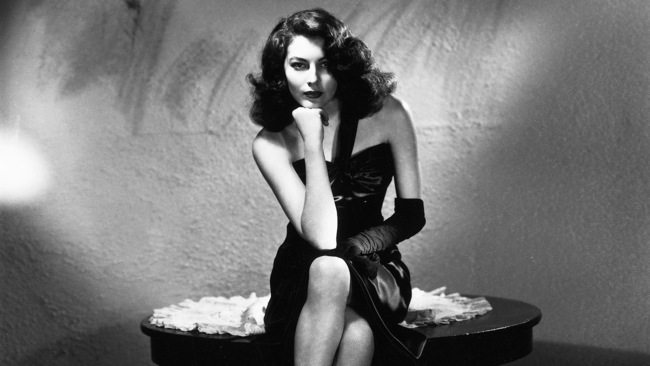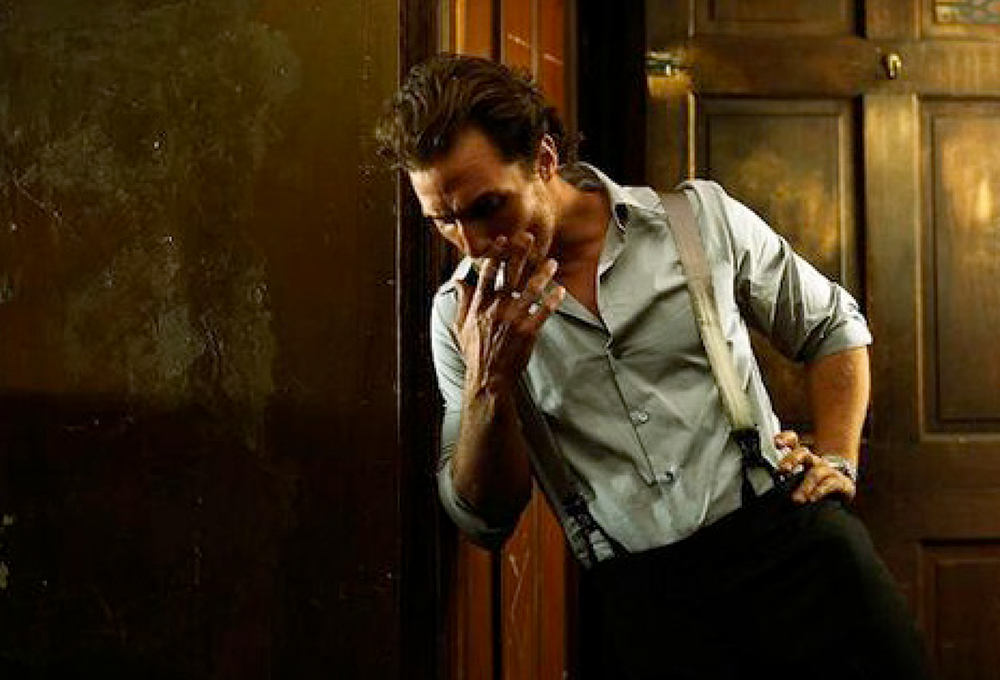Logline
When the most famous voice in radio is found dead in the posh seaside resort of Venice Of America, a private detective’s world is turned upside down when the victim shows up alive and he must confront his childhood heroes and demons.

Theme
This story is about the corruption of the American Dream; it’s about how greed, religious hypocrisy, and bigotry have a corrupting influence using the incredible early history of the most famous beachfront in America—Venice Beach, California—as a metaphor to explore this idea.

Synopsis
In 1926 Los Angeles the height of prohibition and the golden age of Hollywood clash in the whimsical seaside resort of Venice of America, the “fantasy by the sea” built by Abbot Kinney where the rich and famous come to frolic.
Sister Aimee McFadden, a radio evangelist and “the most famous voice in America” broadcasts a fire and brimstone sermon from the decadent seaside amusement pier.
She slips away from her adoring audience of believers to rendezvous with her secret lover on the pier’s famous Roller Coaster. The couple then weaves their way from the crowds of the boardwalk toward a dark alley to indulge their passions.
But in the darkness there’s the sudden flash-bang of a gunshot…
As the sun rises over the idyllic bungalows and manicured lawns along the canals a group of children fishing find the woman’s body – with one bullet to her face.
The Temple of Angels, the church that Sister Aimee founded, is distrustful of the police and hires Private Investigator Jake “Spanky” Vargas to investigate her death.
Jake knows Venice better than anyone – and wants nothing to do with it. The detective, formerly with the Venice of America police department, an orphan and hand picked Kinney protégé installed by the “Old Man,” himself, was fired after Kinney’s death and the city’s annexation by Los Angeles.
To this day Vargas suffers from a recurring dream of himself as a child drowning in a beautiful canal while wealthy families frolic and play all around him.
His initial inquires to city officials and police lead nowhere and Jack is advised to leave the case alone, by none other than the Old Man’s son, Thornton.
Vargas meets with Arthur Reed, a flamboyant business partner of Kinney’s, who warns him to leave well enough alone.
He ignores the warnings, and as he scours the wealthy hotels and casinos for clues to Sister Aimee’s murder she turns up alive in an Arizona border town with a fantastic tale of being kidnapped and taken to Mexico.
The case seemingly settled, Vargas can’t get let it go. If Aimee McFarland wasn’t murdered, then who was?
He tracks down the last person to see the dead woman alive - her mysterious lover known as “The Swede”. He’s the “button man,” the paid gun, for mobster and bootlegger Tony ‘The Hat’ Cornero.
Convinced that he’s the killer, Vargas is shocked to find the man knows nothing about the woman murdered in Venice – because he was Sister Aimee’s lover in Mexico.
She wasn’t kidnapped, but on a romantic tryst with him. The Swede’s got photos to prove it. He tells Vargas an incredible tale of how he was supposed to blackmail the church and kill her. But he couldn’t bring himself to murder his lover. As he’s about to share his proof with Vargas, The Swede is killed.
Jack stumbles onto a conspiracy by Cornero to consolidate his power in Venice by getting rid of the famous evangelist critical of his illicit bootlegging while also securing the lucrative paving contract from the City of Los Angeles to fill in the canals to make way for the automobile.
Jake confronts The Swede’s murderer, there’s a fight and a chase through the canals that ends at the famous Venice Pier. Only one of the characters doesn’t live to see the sunset.

Why Tell This Story Now?
We live in an age of uncertainty, in a world being rapidly changed by coronavirus, climate change, new technologies, and economic uncertainty. And much like similar times in the past, audiences crave and demand escapist entertainment.
We yearn for stories of simpler times with iconic – and relatable - everyman and everywoman characters that can transport us from the daily slog of a world grinding us down to a place and time more exotic, more thrilling, more sophisticated; a place that’s relatable, but escapist.
1920s Venice Beach is just such a place. It’s a world where new technologies like the automobile and radio were rapidly changing society’s idea of how to communicate and move around. It’s a world recently ravaged by the pandemic of 1918, the First World War, and the culture war of prohibition.
Today, we question what makes America great and want to celebrate the rugged individualism that propelled us through the 20th century. The story of the early years of Venice Beach is a perfect metaphor for today’s trying times. It’s a story about idealism, passion, greed, corruption, hypocrisy, and love.
Like the early years of the 20th Century when Film Noir first flourished, we live in an age where the average Joe feels under attack, where the common woman and man are left on the sidelines of the great American rat race. And no matter how hard s/he tries, it’s never enough to make it.
To paraphrase the great Preston Sturges, VENICE of AMERICA is a commentary on the modern condition: with stark realism, the struggles of the common man… and with a little sex.

